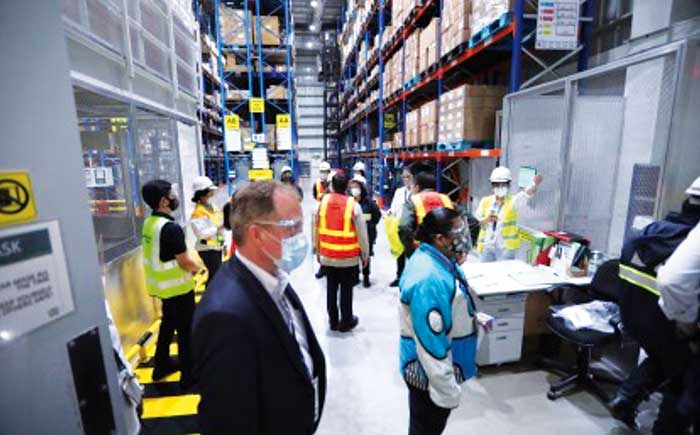The National Economic and Development Authority (NEDA) estimates that easing the alert level in the National Capital Region (NCR) down further to alert level 1 from the current classification will add P14 billion per week in economic output.
“The de-escalation of NCR to alert level 2 can increase GDP (gross domestic product) by P3.6 billion per week compared to the current classification (alert level 3),” NEDA said.
“If further de-escalated to alert level 1 (essentially no restrictions), an additional P10.3 billion (versus alert level 2) can be gained per week; or a total of P14 billion per week if NCR is de-escalated from alert level 3 to alert level 1,” NEDA added.
The Inter-Agency Task Force for the Management of Emerging Infectious Diseases earlier decided to ease the level of restriction in the NCR to alert level 3 from October 16 to 31, amid the improving coronavirus disease 2019 (COVID-19) situation in the region.
Prior to this, the government piloted the new alert system in Metro Manila from September 16 to 30 with alert level 4 and extended it up to October 15.
The government also expanded the implementation of the alert level system into 15 provinces and four cities starting Wednesday last week.
“Per the computation of NEDA technical staff, the de-escalation from alert level 4 to alert level 3 in NCR will result in additional output worth P7.1 billion per week,” Karl Kendrick Chua, socioeconomic planning secretary, said a week ago.
Meanwhile, NEDA earlier said that the easing of restrictions, including the de-escalation of NCR to alert level 3 and the expansion of the alert level system to areas outside the NCR, can increase GDP by around P21 billion a week compared to the previous classification system.
Chua said in a briefing yesterday that 77 percent of the economy is in heightened quarantine, or general community quarantine or alert level 3 and up, affecting some 29.4 million workers.
Alert level 1 will be imposed in areas where COVID-19 transmission is low and decreasing, and the total bed utilization and intensive care unit (ICU) utilization rates are low.
Under level 2, COVID transmission is low and decreasing, health care utilization is low, case counts are low but increasing, or the case counts are low and decreasing but total bed utilization and ICU utilization rates are high.
Level 3 will be for areas where COVID transmission is high and/or increasing and total bed utilization and ICU utilization rates are also increasing, and level 4 for areas where transmission is high and/or increasing and total bed utilization and ICU utilization rates are also high.
Alert level 5 is for areas where COVID transmission is alarming, and total bed utilization and ICU utilization rates are critical.





